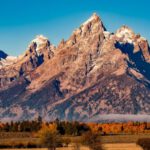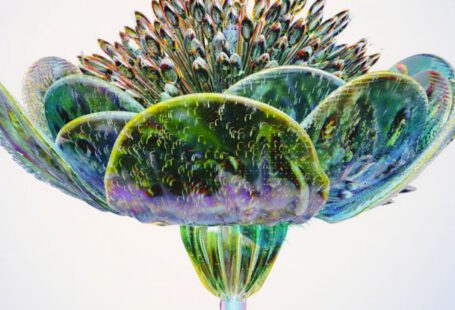The Impact of Changing Climate on Wildlife Habitats
The Earth’s climate is rapidly changing, and the effects of this shift are being felt by wildlife in various ecosystems around the world. As temperatures rise and weather patterns become more unpredictable, the habitats that many species rely on for survival are undergoing significant alterations. From melting ice caps in the Arctic to increased wildfires in forests, the changing climate is having a profound impact on wildlife habitats globally.
Shrinking Habitats and Displacement
One of the most noticeable effects of the changing climate on wildlife habitats is the shrinking of available space for many species. As temperatures rise, ice caps and glaciers are melting at alarming rates, leading to a loss of habitat for animals such as polar bears, seals, and penguins that rely on these icy environments for hunting and breeding. In addition, rising sea levels are encroaching on coastal habitats, forcing species like sea turtles and shorebirds to find new areas to nest and feed.
Disruption of Food Chains
Climate change is also disrupting food chains in many ecosystems, as shifts in temperatures and weather patterns alter the availability of prey species. For example, warmer ocean temperatures are causing coral bleaching, which in turn affects the fish and other marine species that rely on coral reefs for food and shelter. Changes in the timing of seasonal events, such as flowering and fruiting, can also impact the availability of food for many species, leading to imbalances in ecosystems that can have far-reaching consequences.
Increased Competition and Conflict
With habitats shrinking and food sources becoming scarcer, wildlife populations are being forced to compete more intensely for resources. This increased competition can lead to conflicts between species that would not normally interact, as well as higher rates of predation and disease transmission. For example, as polar bears are forced to spend more time on land due to melting sea ice, they come into contact with human settlements and other species, leading to potentially dangerous encounters for both wildlife and humans.
Adaptation and Evolution
In the face of these challenges, some species are showing remarkable adaptability in response to the changing climate. For example, certain bird species are shifting their migration patterns to follow changing weather patterns, while some plants are flowering earlier in response to warmer temperatures. However, not all species have the ability to adapt quickly enough to survive in rapidly changing environments, leading to concerns about the long-term viability of many populations.
Conservation Efforts and Mitigation Strategies
To address the impacts of climate change on wildlife habitats, conservationists and policymakers are implementing a variety of mitigation strategies. These efforts include creating protected areas where wildlife can thrive without human interference, restoring degraded habitats to their natural state, and implementing measures to reduce greenhouse gas emissions and slow the rate of climate change. By working together to protect and preserve our planet’s biodiversity, we can help ensure the survival of many species in the face of a rapidly changing climate.
In conclusion, the changing climate is having a profound impact on wildlife habitats around the world, leading to shrinking habitats, disruptions in food chains, increased competition and conflict, and the need for adaptation and evolution. By implementing conservation efforts and mitigation strategies, we can help protect vulnerable species and ensure a sustainable future for wildlife in a changing world.





